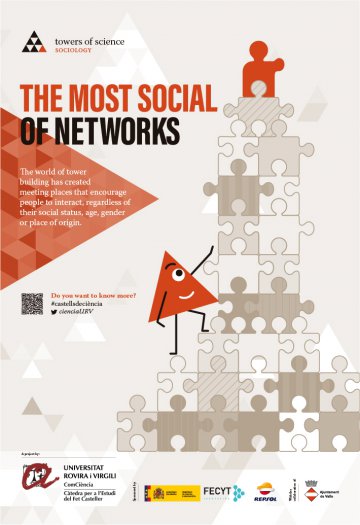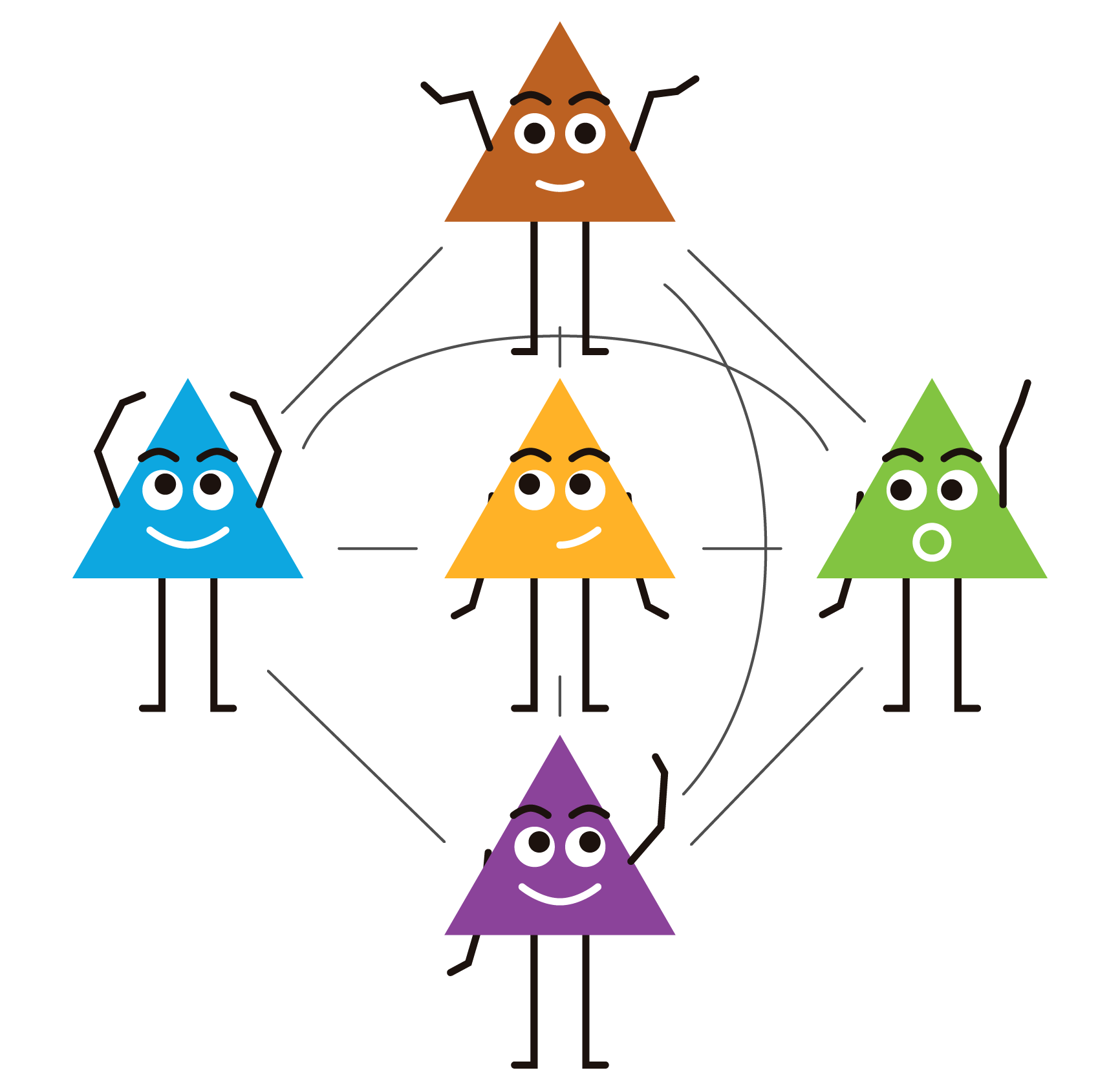
 Until the pandemic hit, the world of human towers was enjoying unprecedented success with more people than ever building the best human towers in history. Having a lot of people is so important that teams make an enormous effort to attract new tower builders and keep the old ones.
Until the pandemic hit, the world of human towers was enjoying unprecedented success with more people than ever building the best human towers in history. Having a lot of people is so important that teams make an enormous effort to attract new tower builders and keep the old ones.
From a social point of view, the tower builders' rehearsals and performances are points in time and space that encourage interaction between people of very different social origins, ages, sexes and ethnicities. For many, human towers are the main sphere of secondary socialization, that is to say, where people relate to each other in spaces at some distance from their closest social nucleus. Primary socialization consists of family and school while secondary consists of work and social entities.
Let's imagine a network of 5 people (nodes) interacting during a performance between one tower and the next. We assume that the interaction is minimally meaningful for all parties: the act of conversation has to generate a mutual influence. Therefore, we discard very brief interactions (a simple, obligatory Hello and Goodbye) that require little thought. Just this simple model generates 10 internodal connections, and these are multiplied by thousands every time the more than one hundred groups and the approximately 13,500 people who take part in tower building meet, according to the figures in the latest report by the Coordinating Committee of Human Tower Teams of Catalonia.

Model of connections between 5 nodes in a relational network system.
As members of a human tower team, people are part of a relational network that has numerous possible interconnections, and which is sufficiently wide and varied for everyone to find nodes with similar affinities. As we are social beings, the possibility of connecting to our social environment is still one of the things that gives most meaning to our daily activity. This is why we worry when no one shows any interest in us for a long time (for example, when we aren't sent any WhatsApp messages) and why we feel the need to know what the people around us are doing or thinking (even if it's just by taking a look at their social networks).
Serge Paugam (one of the main European researchers in the field of poverty and social exclusion) defines the notion of social bond in terms of two dimensions: first, who can we rely on? Human tower teams build human towers but they also do much more. They create families, friends, companions and acquaintances, they generate job opportunities and they give us contacts who can get us out of a fix. This is important in a Mediterranean context in which the weak welfare states rely on family, informal networks and social entities to implement inclusion strategies. In Catalonia, for example, in 2020, as many as 426,000 households (13.9% of the total) had to seek help to acquire basic goods, mainly from family and friends. The wider the networks of protection are around us, the more likely it is we will not fall into what Robert Castel, in Transformation of the social question, calls disaffiliation, which is generated by the weakening and fragmentation of social relations.
Secondly, who relies on us? Knowing that we are important for someone (for example, someone is expecting us to go to a rehearsal or performance) makes us feel useful. This fosters self-esteem and the awareness of belonging to a group that looks on us in a positive light. In contrast, if we believe that no one is thinking about us, it is a catastrophe. The Arrels Foundation, an organization that accompanies and assists the homeless, claims that one of the many dramatic aspects of living on the street is the feeling of being invisible.
For these reasons, because they have provided many people with a more solid social environment and have given them a positive social identity, human tower teams are one of the main spaces of social cohesion in many municipalities of Catalonia.
